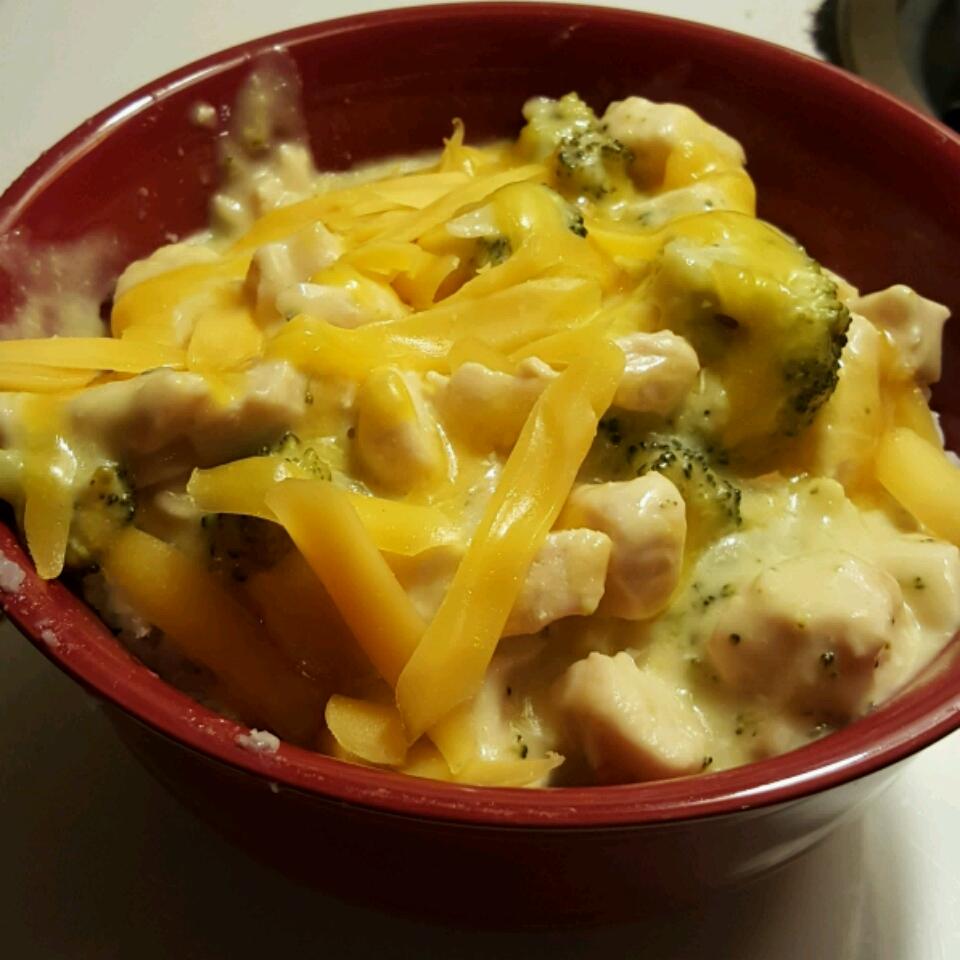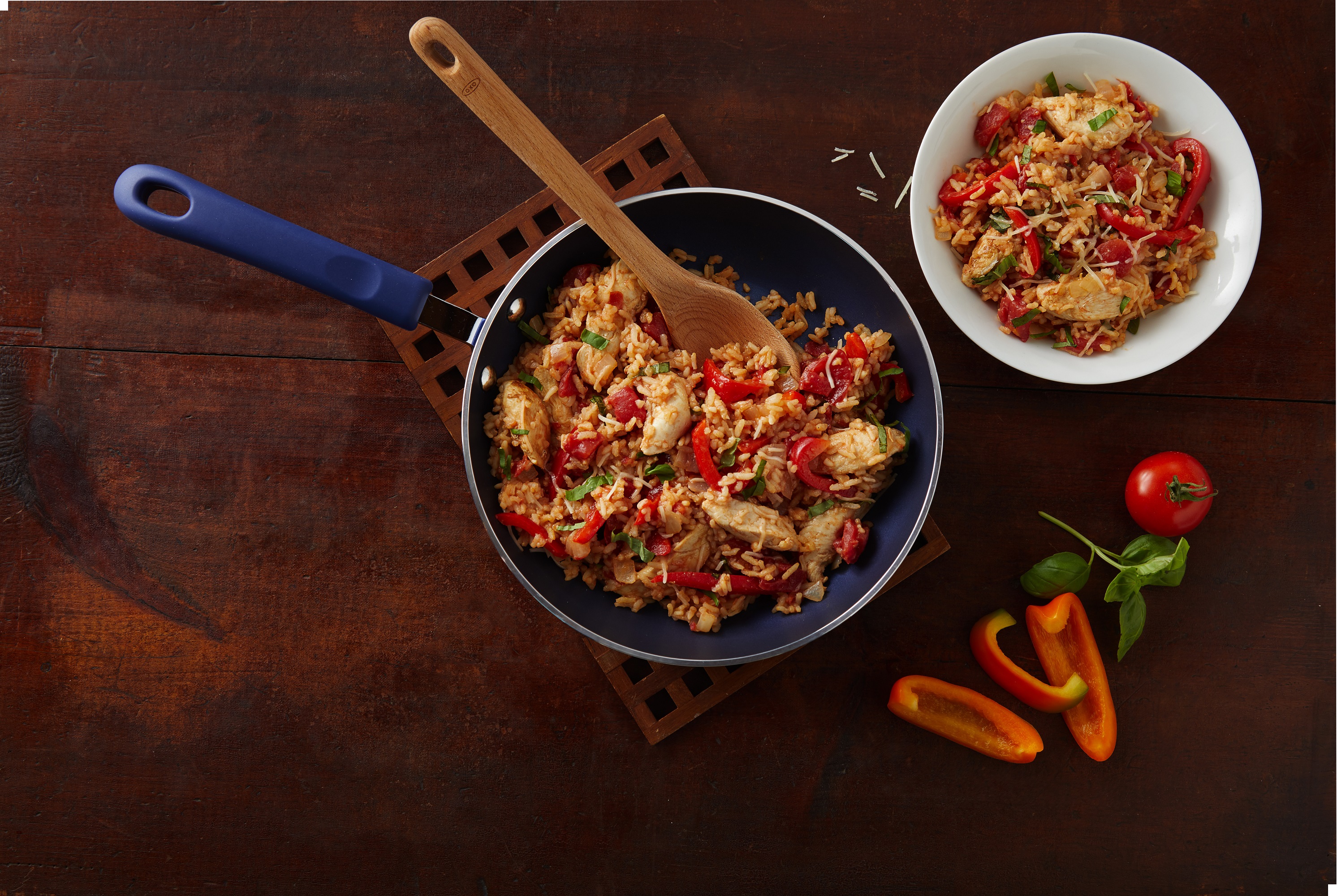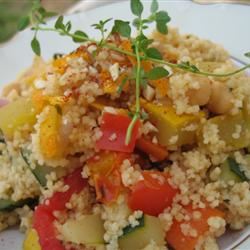Pork Tenderloin with Apples

Pork tenderloin is cooked on the stovetop and covered with crisp apples in a wine sauce. Would work well with boneless chicken breast or pork chops as well.
INGRIDIENT
DIRECTION
Step: 1
Heat the olive oil in a skillet over medium-high heat. Season the pork tenderloin halves with salt and pepper to taste, then cook in the hot oil until evenly browned on all sides, about 8 minutes. Reduce the heat to medium-low, and cook until the pork is no longer pink in the center, turning occasionally, about 25 minutes. An instant-read thermometer inserted into the center should read 145 degrees F (63 degrees C). Place the pork onto a plate, cover with two layers of aluminum foil, and allow to rest in a warm area for 10 minutes.
Step: 2
While the pork is resting, pour the wine into the pan; bring to a simmer while scraping the browned bits of food off of the bottom of the pan with a wooden spoon. Simmer for 2 minutes, then add the apples, chicken stock, vinegar, cinnamon, nutmeg, brown sugar, and nutmeg. Cook and stir until the apples are tender, about 10 minutes. Stir cornstarch mixture into the simmering sauce to thicken. Cook and stir 1 minute more until the sauce thickens and is no longer cloudy.
Step: 3
Slice the pork tenderloin into 1/4 inch thick slices, and arrange on a serving platter. Pour the apple sauce over meat to serve.
NUTRITION FACT
Per Serving: 213 calories; protein 17.9g; carbohydrates 13.2g; fat 6.3g; cholesterol 49.2mg; sodium 128.4mg.
Depriving yourself can lead to overeating , late-night snacking, and mindless eating and it’s for this mind that Riner encourages people to indulge in “fun” foods every once in a while.
Avoidance on 2.00 AM snacking and got eat , it is much necessary to include some easy foods (or what one may perceive as off limits ). Meaning , if we can be order the healthiest thing on the menu but come home and graze on chips, perhaps we really will the burger and should have just pleased it in the first place."
When it comes to dinner , much eat or eating too much of the bad item of food will make lead to trouble on sleeping. On the flip side, a daylight food that is less than satiating not make leave you want more and resulting in reaching for an unhealthy late-night side dish even closer to bedtime .





